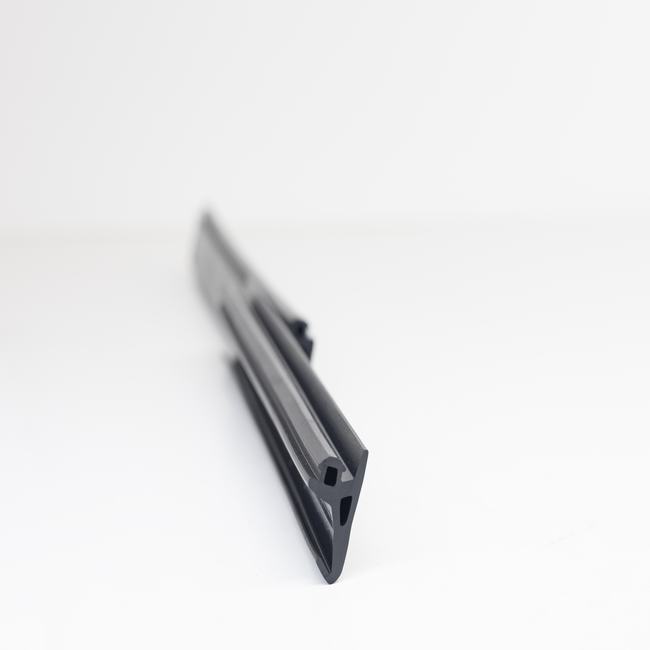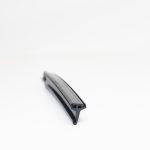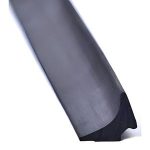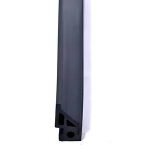Garage door seals, also known as garage door weatherstripping or garage door thresholds, are essential components used to seal gaps and prevent the entry of outdoor elements such as rain, dust, drafts, pests, and debris into your garage. They play a vital role in maintaining the comfort, security, and energy efficiency of your garage and home. Here’s an overview of garage door seals:
Types of Garage Door Seals:
- Bottom Seal: The bottom seal, also known as a garage door threshold seal, is installed along the bottom edge of the garage door. It creates a seal between the door and the garage floor, preventing water, pests, and drafts from entering. These seals can be made of rubber, vinyl, or other weather-resistant materials.
- Side Seals: Side seals, often referred to as garage door weatherstripping or astragal seals, are installed on the sides of the garage door panels. They help to seal the gaps between the door and the door frame, preventing drafts and weather from infiltrating the garage.
- Top Seal: A top seal is installed at the top of the garage door to seal the gap between the door and the header or lintel. It helps prevent drafts and weather from entering the garage through the top section of the door.
Key Features and Advantages:
- Weather Protection: Garage door seals effectively keep out rain, snow, wind, and other outdoor elements, ensuring that your garage remains dry and comfortable.
- Energy Efficiency: Properly installed seals help maintain a consistent temperature inside the garage, which can lead to energy savings by reducing the need for heating or cooling.
- Pest Control: Seals create a barrier that keeps pests like insects, rodents, and small animals out of your garage, protecting your belongings and the structural integrity of the space.
- Dust and Debris Prevention: They prevent dust, leaves, and debris from blowing into the garage, keeping the interior cleaner and reducing the need for maintenance.
- Sound Insulation: Some seals can also help reduce noise transmission, making your garage quieter and more comfortable.
Types of Seal Materials:
- Rubber: Rubber seals are flexible, durable, and weather-resistant. They are commonly used for bottom seals and side seals.
- Vinyl: Vinyl seals are cost-effective and provide good weatherproofing. They are suitable for various sealing applications.
- EPDM (Ethylene Propylene Diene Monomer): EPDM seals are known for their excellent weather resistance, UV resistance, and longevity. They are suitable for all types of garage door seals.
Installation Considerations:
- Clean the surfaces: Ensure that the surfaces where the seals will be installed are clean and free from dirt, grease, and debris.
- Measure accurately: Measure the length and width of your garage door to determine the correct size and quantity of seals needed.
- Follow manufacturer instructions: Installation methods may vary depending on the type and brand of seals you use, so it’s essential to follow the manufacturer’s guidelines for proper installation.
In summary, garage door seals are crucial for maintaining a comfortable and well-protected garage space. By sealing gaps and preventing the entry of outdoor elements, these seals contribute to energy efficiency, pest control, and the overall functionality of your garage. Proper installation and maintenance of garage door seals are essential for long-term effectiveness.






